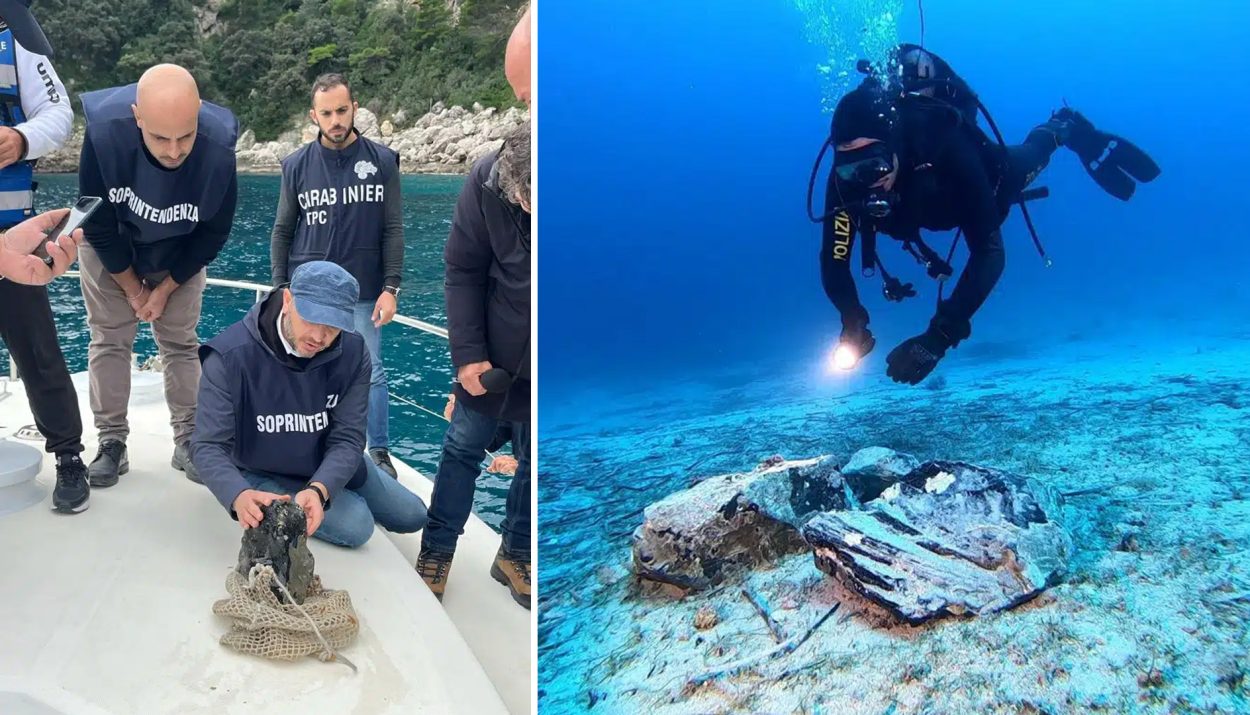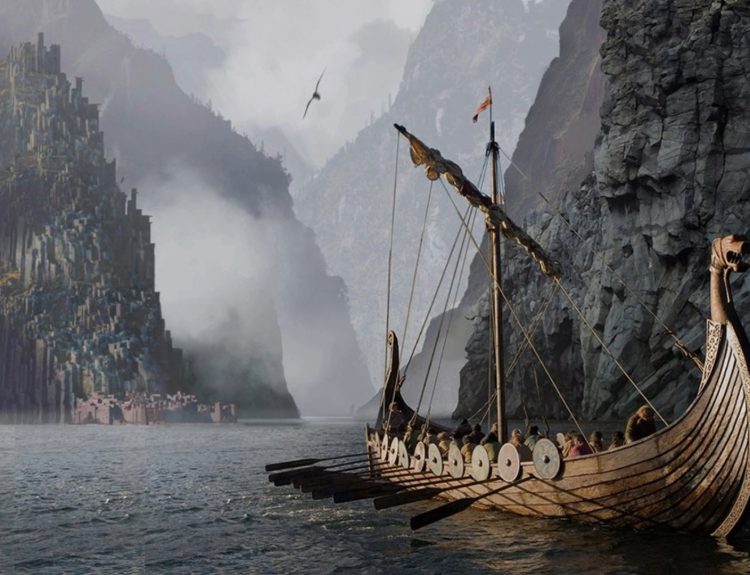Old shipwrecks have an attraction all their own, yet few of them can claim to be from as far back as the Neolithic period. Yet this shipwreck off the coast of Naples could be the genuine deal. In finding it, we could learn a lot more about our neolithic ancestors. Let’s take a closer look at this discovery.
A Diver With a Remarkable Find

A diver off the coast of Naples stumbled upon what could very well be the oldest shipwreck we know of. While diving in the pristine waters off the Neapolitan coast, they found a piece of obsidian – a volcanic glass known to be used as a cutting tool in Neolithic societies.
Obsidian is one of the densest substances we know, and the small block found weighed around 17.8 lbs. (8 kg). The divers retrieved the block from the sea bed at 100 to 130 feet (30 to 40 m). The obsidian itself was a great find since it showed signs of use.
The Glass Of The Ancients
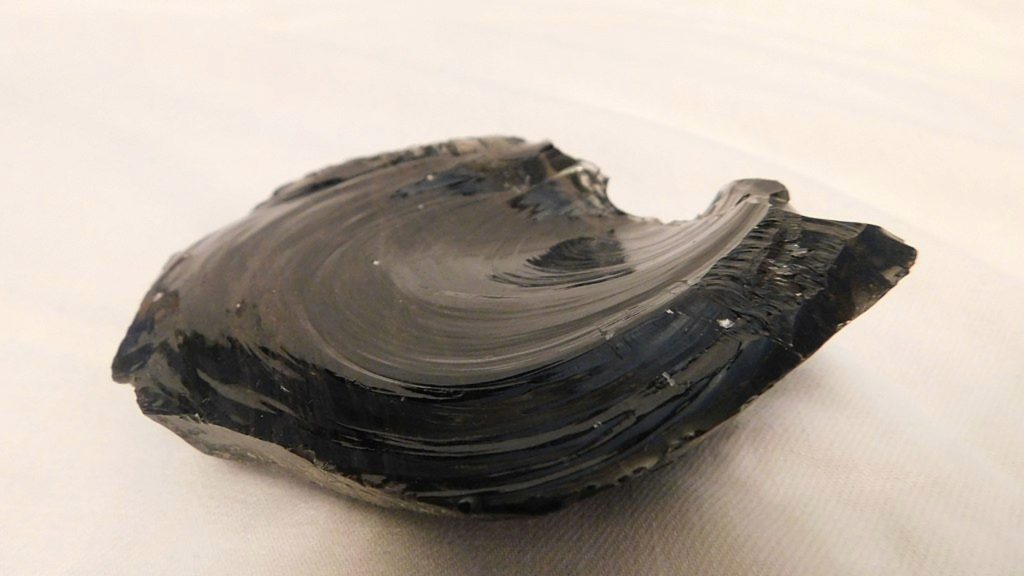
In its original state, obsidian is a volcanic glass. It occurs when volcanic magma leaks out of a vent and cools rapidly. The quick cooling ensures that crystals don’t form within the magma, leaving it clear, if opaque. This dark, translucent material was one of the most prized in the Neolithic world.
Obsidian can create an unrivaled cutting edge, making it one of the best things a Neolithic society could use for food preparation, hunting, or warfare. It was sharp, kept its edge, and could be used repeatedly until it got dull.
A Block of Obsidian Showing Use as a Core
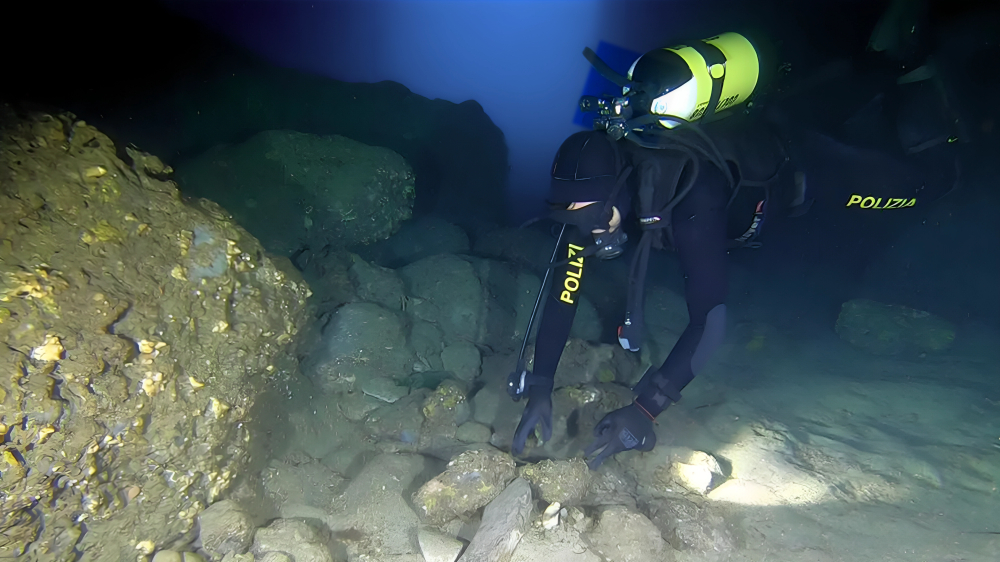
When divers retrieved the obsidian, they noticed that it had shards missing from it. The purple-tinged block, the size of a reference book, showed that pieces of the block were sheared off, probably for use as cutting materials or for weapons.
On further investigation of the sea floor, the divers stumbled upon a wreck. While the ship’s remains had disintegrated completely, the debris strewn on the sea floor represented a unique find. It was the first time we had ever encountered a ship with trade-grade raw obsidian on board.
Archaeological Evidence for Obsidian Use

The usefulness of this material is seen in its widespread adoption in areas all over the world. Archaeological records show that the glass was used in central Europe, the Eurasian Arctic, Northeast Asia, and Tibet. Further discoveries as far afield as the Americas show that it wasn’t limited in geographic scope.
However, the obsidian trade and trade goods in general during this period remain shrouded in mystery. We know that trade happened between these societies, but not how it was conducted and what goods were traded between these civilizations. The block of obsidian offers a few clues to this trade.
The Obsidian Trade in the Ancient World
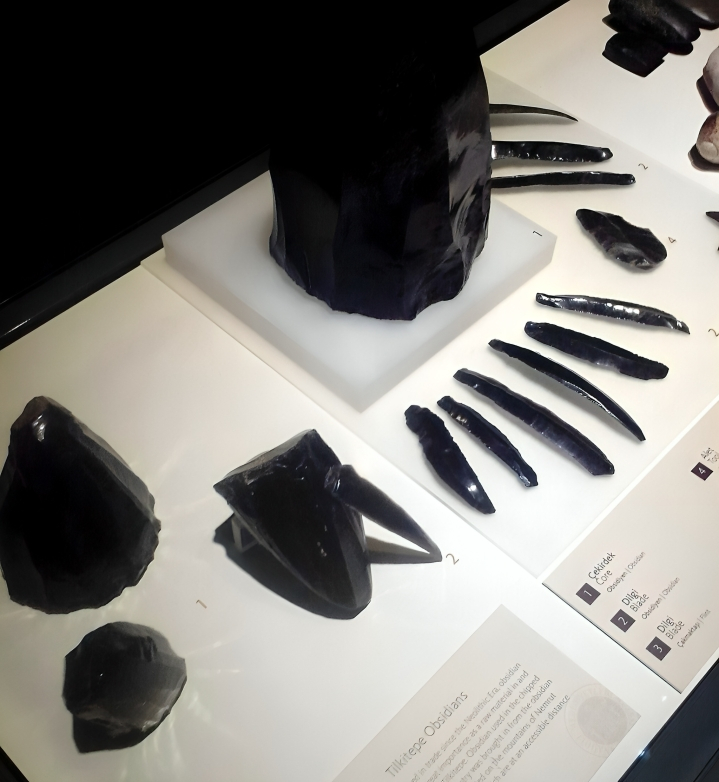
Obsidian’s importance as one of the best cutting edges in the ancient world saw its adoption across a vast number of societies and civilizations. Blades of obsidian have been found as far away as Poland. Since the material doesn’t occur naturally there, the obsidian was assumed to be a trade good.
This is our first evidence of the ancient world’s obsidian trade. Scholars estimate that the block could have been carried around on the ship, and people would pay for a shard of the volcanic glass that was chipped right in front of them.
Some Specimens of Obsidian Were Used As Far Off as Egypt

While obsidian remained one of the most useful cutting edges of the time, eventually, technology superseded it. Metal axes could be sharpened to give a cutting edge time and time again, leading to a drop-off in the use of obsidian outside of the Neolithic period.
However, discoveries in Egypt have shown that obsidian continued to be used well into the Classical Era. The blades were not used for industrial or commercial tasks. These obsidian blades were used in rituals performed in temples and were considered sacred in their own right.
Finding a Neolithic Wreck Could Change Our Perception

While the divers only brought up the block, there’s a lot more of the remains of the wreck scattered across the sea floor. So far, we have never discovered a wreck this old since the wooden boats used during the Neolithic era for sea transport would quickly disintegrate when they sank.
The scattered objects from the wreck could change how we see the ancient people of the region. Artifacts such as the crew’s belongings or cargo that was on the ship could give us clues as to what this ship traded in aside from obsidian blades.
Not Open to the Public
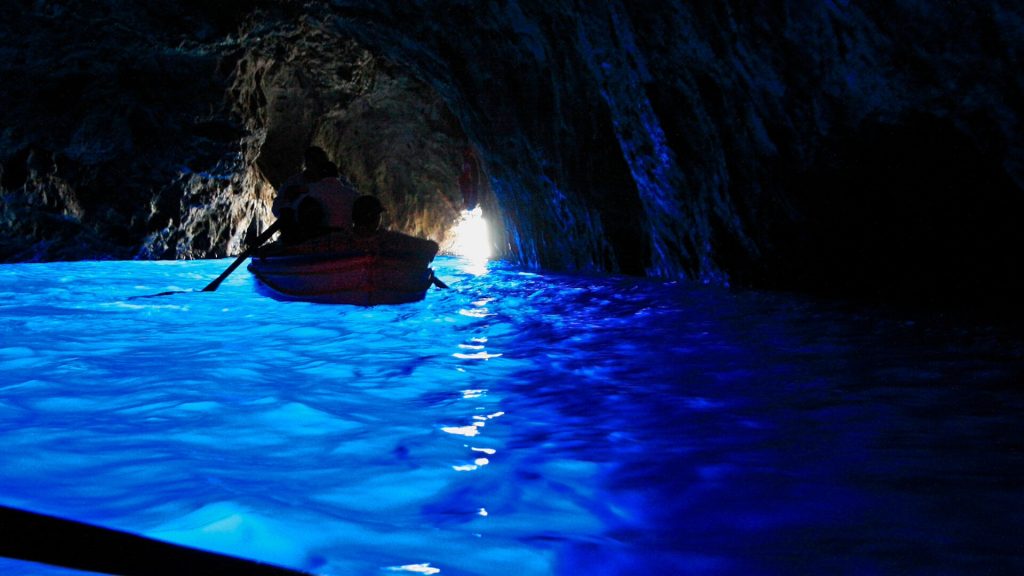
While authorities reported the find to the public, the exact location of the wreck is being kept a secret. Part of the reason is that they don’t want anyone disturbing the wreck site before professional investigations can happen. The wreck is near Capri Island, near the tourist spot of the Blue Grotto caves.
There are already warnings to swimmers in the area because of the roughness of the sea. It is hoped that by limiting the exposure of the site, there would be less chance that the wreck would be disturbed any more than it already has.
Not Sure Of The Block’s Origin
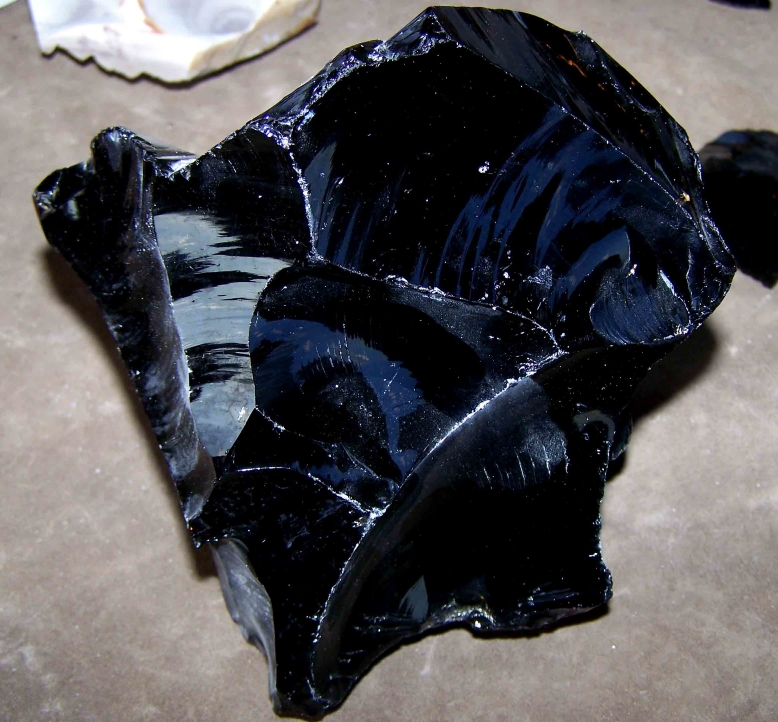
Experts studying the block haven’t yet determined where it came from originally. The Mediterranean has a lot of volcanic sites where the obsidian could have come from. It would require a deeper study into the chemical composition of the block to potentially determine its origin.
Knowing where the rock comes from could give us the first clue to this Neolithic trader’s routes. It may also help us to determine the home port of this trader or at least a nearby location where the trader might have sourced the obsidian they used for trade.
A Light In The Darkness

The remains of this Neolithic wreck carry with it a lot of secrets that archaeologists would love to uncover. The obsidian is only the chip of the proverbial block. Until the other artifacts are recovered from the sea floor and tagged for research, we won’t know what we’re looking at.
The most exciting thing about this find is how close it brings us to a part of history that doesn’t have a lot of evidence. Most of what we know about the Neolithic was informed by circumstantial evidence. This ship offers the best evidence we have for learning about the Neolithic sea trade.

